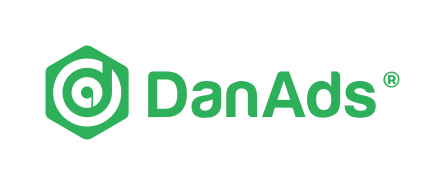It’s an exciting time for a small business when it looks to launch its first ad campaign. But the world of advertising can often be confusing and, if you’re a small business with no dedicated marketing team, and a limited budget, it can be difficult to know where to begin.
Here are three tips to help small businesses make the most of what’s on offer when starting their digital advertising journey.
Build Your Brand and Your Story
In the beginning, it’s easy to get caught up with growth. What can we do next to make the business bigger and better, and how quickly can we do it? Growth is obviously fantastic, but small businesses often make the mistake of jumping into advertising before the company is ready, and the results of a too-soon ad campaign can be underwhelming and a drain on
precious resources.
Of course, there’s no “perfect time” to launch an ad campaign, but the more groundwork the company does to build up the brand in the early stages – in particular its SEO – the more successful any future ad campaigns will be. It’s all very well spending lots of money on advertising but if you can’t be found with a quick Google search because you’re so far down in
the rankings, the campaign is unlikely to make much of an impact.
If you are in a competitive industry (as nearly all small businesses are), having a content strategy that can boost your rankings on search engines is key. In fact, a company blog is often the best place to start, as they are cheap to maintain and don’t require enormous amounts of manpower.
Before jumping straight into digital advertising, make sure you’ve built out a bank of insightful, creative, and, above all, engaging content that drives up organic growth to your business’s website. By doing this over a sustained period of time, the business will be in a much better position when it comes to launching a digital ad campaign later down the line.
Embrace Self-Serve Advertising
When it is time to launch your first campaign, it can be scary to think about. Traditional advertising routes, particularly with big publishers, can be complicated and expensive. However, the world of digital advertising is changing dramatically and, with the advent of self-serve, the advertising game has been completely revolutionised, and the real winners are small
businesses.
Traditionally, if you wanted to purchase ad space with a big publisher, you’d have to go through the sales/ad ops team, which doesn’t sound too bad. However, the problem is that these big publishers often have very high minimum spends, and this tends to push out a lot of the smaller players whose budgets tend to be more modest. Even if you can get your hands on the cash to meet the steep minimum spend requirements, navigating the tiresome back-and-forth of sharing assets, working out who to target and negotiating costs can be very time-consuming and, for a small business, time is a precious commodity.
It all comes down to targeting, and how you as a business are able to define who you wish to speak to, and in which context. Where do you believe you will find the ideal audience that is going to benefit from what your company has to offer? This should be looked at both in terms of where your target audience is situated physically, but also in which publications they would be interested.
This is where self-serve saves the day. The idea behind self-serve is exactly that, for businesses to serve themselves, taking away the constraints of having to deal with in-house ad ops teams. It has allowed big publishers such as Mail Metro Media (MailOnline &Metro), Reach PLC (The Mirror & Daily Record) , Bloomberg Media Group, Hearst Magazines (Elle, Cosmopolitan & QC Magazine), and even some non-traditional publishers, including SoundCloud and Tripadvisor (who all offer self-serve advertising platforms), to significantly lower their minimum spend requirements, opening up entirely new avenues for small businesses looking to get their foot in the door.
What’s more, due to the nature of self-serve infrastructure, it allows businesses to have a completely transparent overview of their campaigns, from budget, to assets and, notably, targeting. Self-serve allows small businesses to reach either very broad or extremely targeted audiences, depending on what’s deemed necessary for the business at that time. This is something that would either be extremely costly, or just not feasible with traditional managed service advertising.
The list of big publishers offering self-serve advertising platforms has increased dramatically over the past 5 years and more and more are surfacing all the time. Do your research and find the publishers you want to advertise with – you’d be surprised how many have a self-serve ad platform in place which will save you a lot of time and money.
Don’t Put All Your Eggs In One Basket
It can be very easy to get caught up in a campaign but it’s important not to neglect your other channels. Social media ads, blog/website ads and video ads are all great places to start your digital advertising journey. Although running one big campaign might seem exciting, the key to success is consistency and reach.
Your campaign might be a fantastic one, but a competitor who is doing something similar, in addition to three more across various other platforms, is likely going to get more eyes on their business and, ultimately, be in a much more secure position should, for example, there be any sort of downtime or outage on a single platform.
The beauty of digital advertising is that it’s flexible; you can always ‘go with the flow’. At the end of the day, it’s about knowing your customer – specifically which channels they use and where you’ll need to be to get in front of them. Make sure that you’re advertising with purpose, across multiple channels and don’t be afraid to let the ever-changing advertising landscape guide you.
Try new things and be adventurous. You’re only going to regret the chances you don’t take.





